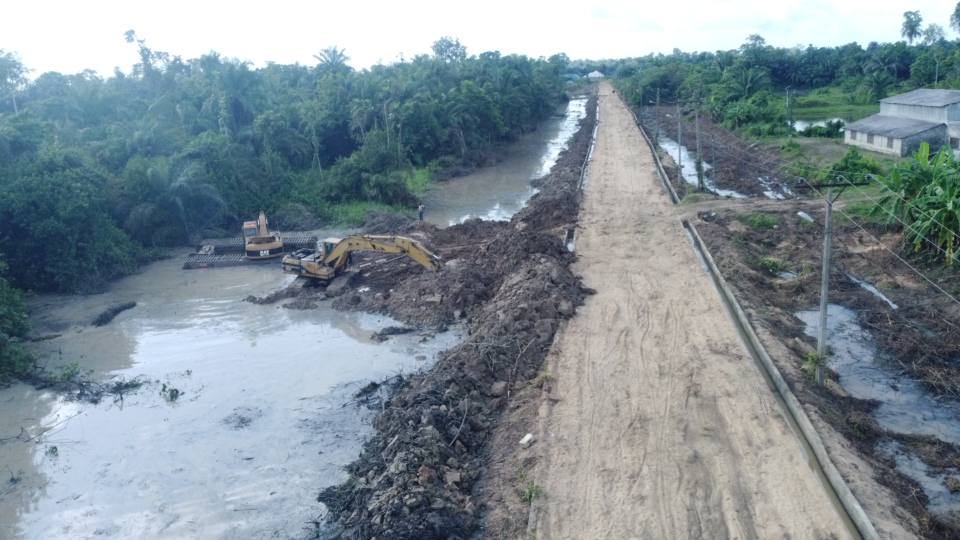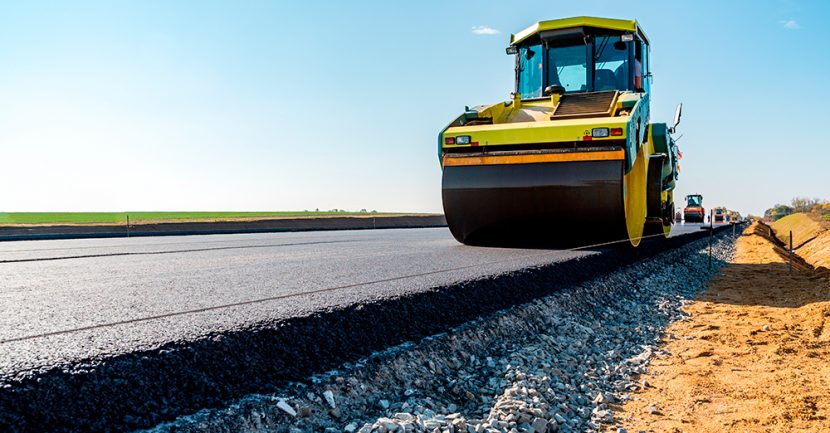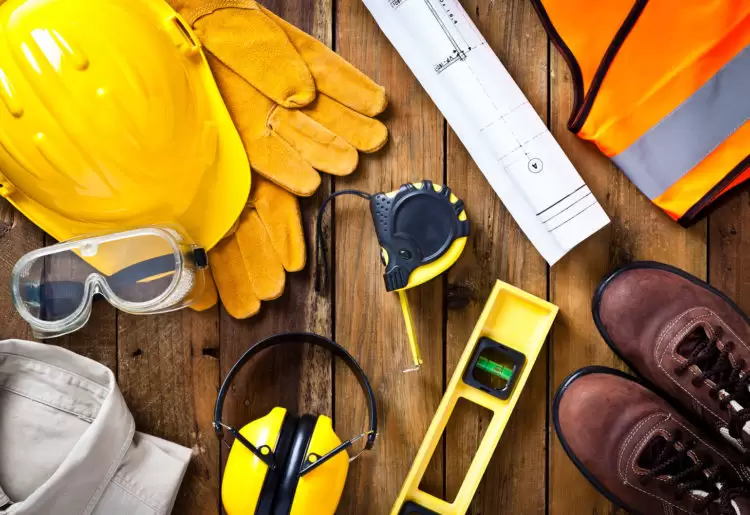Bayelsa State, located in Nigeria’s Niger Delta region, is no stranger to complex infrastructure challenges. Its swampy landscape, fragile ecosystem, and flood-prone terrain make road construction in Bayelsa an exercise in both technical precision and financial discipline. This article explores the key engineering obstacles, environmental concerns, and budgetary realities of developing sustainable roads in the state.
🧱 Geotechnical Challenges: Unstable Soil & Foundation Difficulties
Bayelsa’s subsoil, rich in clay, silt, and organic material, exhibits low bearing capacity and high susceptibility to settlement. This makes conventional shallow foundations unreliable. Civil engineers often resort to deep foundation solutions such as driven piles, bored piles, or raft slabs reinforced with geotextiles. While these methods offer stability, they increase construction costs significantly—sometimes up to 40% of the project’s total budget.
🌊 Hydrological Challenges: Rivers, Creeks & Seasonal Flooding
The state is interlaced with tidal rivers, floodplains, and aquatic channels, requiring advanced hydrological design. Road projects frequently involve the construction of culverts, bridges, and elevated embankments that can withstand seasonal flooding and high sediment transport. Engineers use hydrodynamic modeling to simulate water flow and ensure structural integrity, but these designs often account for up to 50% of the construction cost, particularly when working near wetland crossings.
🌿 Environmental Challenges: Biodiversity and Compliance
Bayelsa’s rich biodiversity and sensitive ecosystem call for rigorous environmental safeguards. All road projects must undergo Environmental Impact Assessments (EIAs) and adopt measures like sedimentation ponds, erosion buffers, and habitat protection zones. While essential, these interventions contribute up to 10% or more of the total project expenditure and require ongoing post-construction monitoring.
Budget Realities: Infrastructure Funding in Wetland Zones
Constructing roads in Bayelsa’s terrain costs significantly more than in drier regions. Estimates place the average per-kilometer expense at between ₦500 million and ₦1 billion, depending on bridge lengths, soil stabilization needs, and hydrological variables. Financial models often rely on:
- Multi-year capital plans
- Public-private partnerships (PPPs)
- Development agency funding
- Performance-based contracts
To manage risk, budgeting also factors in weather delays, logistical challenges, and inflation.
Commendation: Leadership in Infrastructure Delivery
In the face of these complex challenges, the efforts of the Honourable Commissioner for Works and Infrastructure, ESV Moses Teibowei, and the Ministry’s management deserve high praise. Their acidulous commitment to overcoming terrain and hydrological barriers has led to landmark achievements, such as strategic beam launches and successful bridge construction. Their consistent delivery of road networks demonstrates an inspiring blend of technical mastery and public service excellence.

Conclusion: Building Roads That Empower Bayelsa
Bayelsa State’s road construction journey is not just about paving pathways—it’s about unlocking economic growth, improving accessibility, and fostering sustainable development. Through technical ingenuity, environmental stewardship, and strategic funding, the state is gradually transforming its infrastructure landscape. Continued investment, visionary leadership, and adaptive engineering will ensure that the roads being built today become lifelines of prosperity for future generations.







